Drive with Confidence: 7 Safety Gadgets Every Senior Driver Should Install

Hitting the open road doesn’t lose its charm just because you’ve logged more miles around the sun. In fact, driving often represents freedom, independence, and the joy of staying active and connected. But as we age, it’s natural for reflexes to slow and eyesight to shift—which makes vehicle safety all the more important. The good news? Today’s technology offers a range of smart, affordable gadgets that can give senior drivers a serious safety edge.
Whether you’re commuting to the store, road-tripping with the grandkids, or heading out to your favorite diner, these seven must-have safety gadgets can help keep you safe, aware, and in control—without complicating your drive. Let’s get into the tech that’s making life easier (and the roads safer) for drivers over 50.
1. Blind Spot Detection System
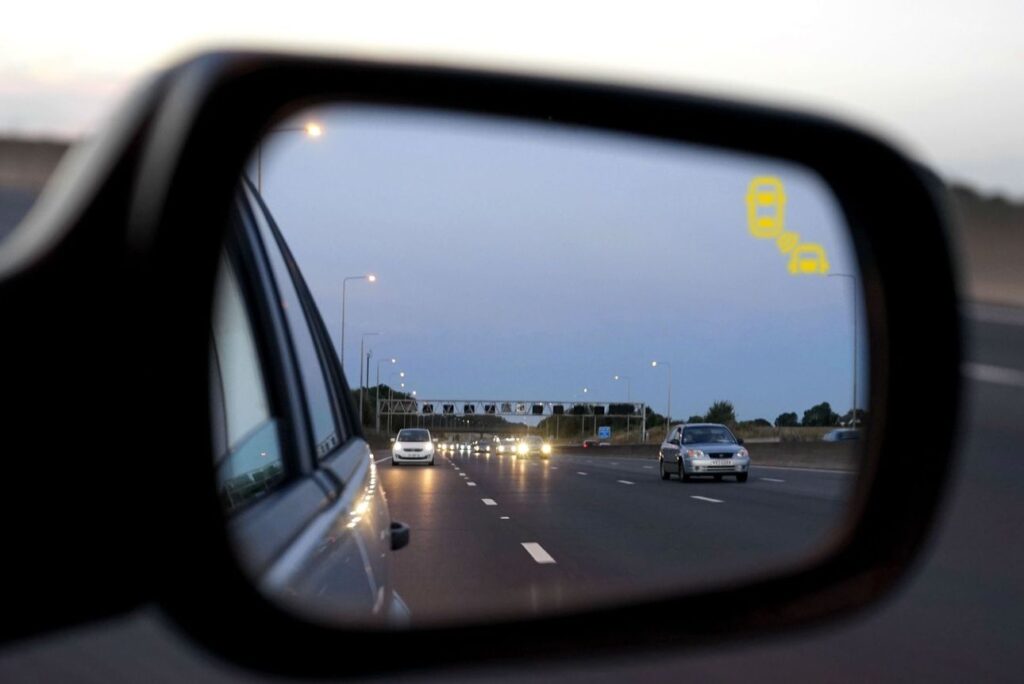
No more neck-craning: this gadget watches your back—literally.
A blind spot detection system uses sensors mounted on your vehicle’s rear corners to alert you when another car is lurking in those pesky side blind spots. Some systems even provide audible warnings or flashing lights in your side mirrors if you attempt to change lanes while another vehicle is present. For senior drivers who may not have the same neck flexibility they once did, this can be a game-changer. It’s like having an extra set of eyes on the road—and let’s be honest, who couldn’t use that during highway traffic?
2. Backup Camera with Parking Sensors
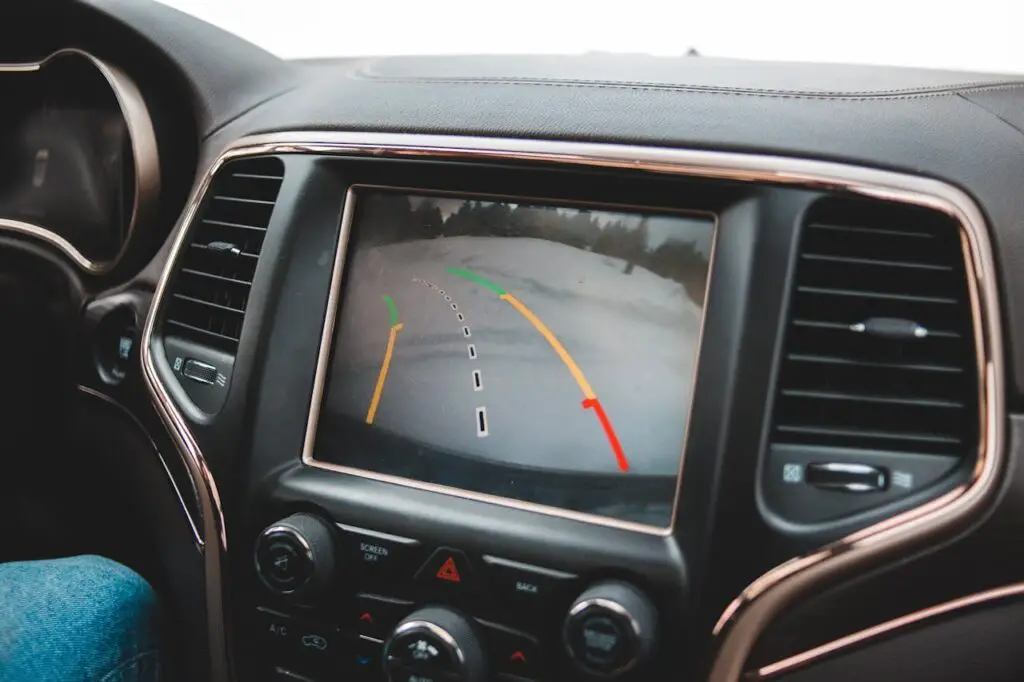
Reversing with confidence has never been easier—or safer.
Parking lots and narrow driveways can turn into obstacle courses, especially when visibility is limited. A backup camera shows you exactly what’s behind your vehicle, while parking sensors beep if you’re getting too close to something—or someone. Many newer cars have these built in, but if yours doesn’t, aftermarket versions are easy to install. Seniors appreciate these tools because they remove the guesswork (and the risk of backing over a forgotten trash bin or, worse, a tricycle). Bonus: they make parallel parking feel like less of a high-stakes operation.
3. Heads-Up Display (HUD)
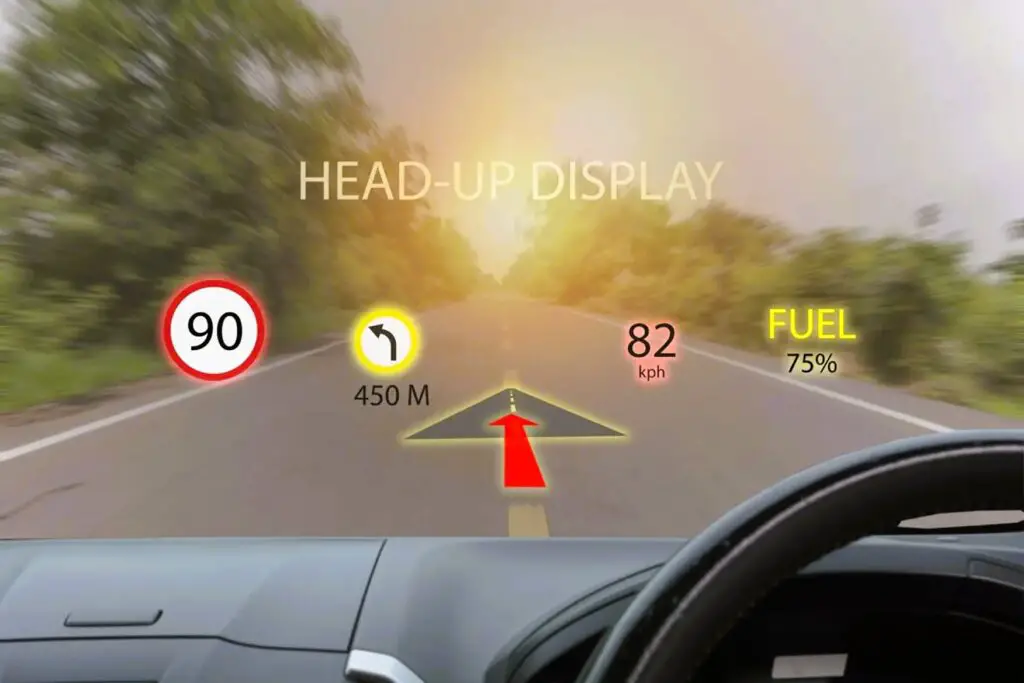
Keep your eyes on the road—and still catch your turn signal in time.
A heads-up display projects key driving information—like your speed, navigation, and even incoming calls—onto your windshield, right in your line of sight. That means less looking down at your dashboard and more keeping your focus on what’s ahead. For older drivers, this reduces distractions and keeps reaction times sharp. Some HUDs sync with your smartphone or GPS, so you can stay informed without taking your eyes off the road (or your hands off the wheel). It’s high-tech help that doesn’t feel overwhelming.
4. Lane Departure Warning System
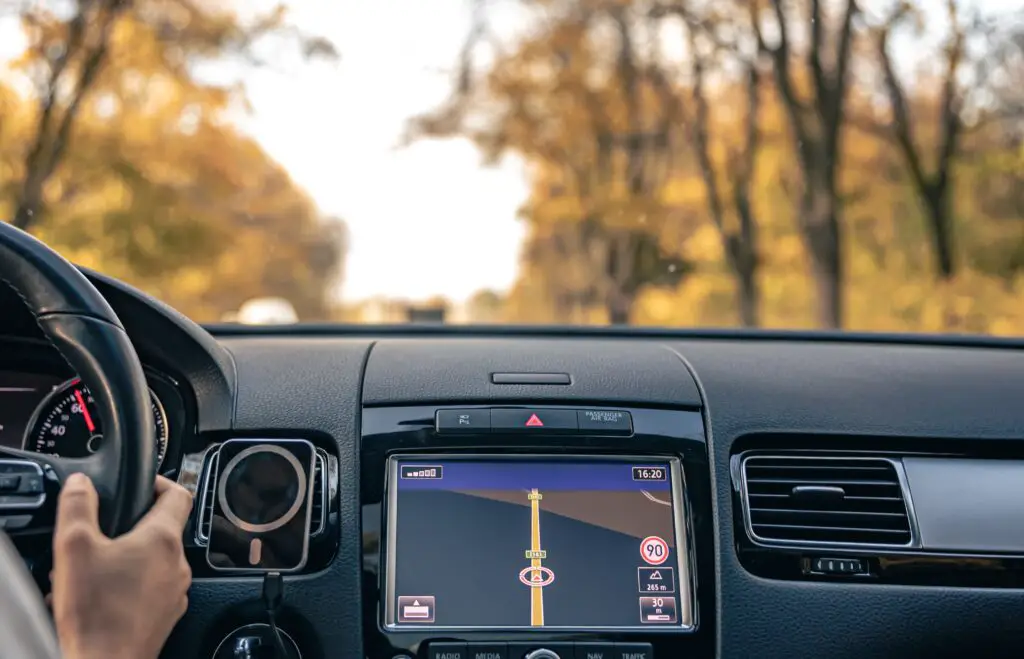
A gentle reminder when you start to drift—because even coffee can’t fix every swerve.
Lane departure warning systems alert you if your vehicle begins to unintentionally veer out of its lane. The alerts can come through a dashboard warning, a vibration in the steering wheel, or even a subtle beep. For senior drivers who may be more susceptible to fatigue during long drives, this kind of system is like a helpful co-pilot, keeping you centered and on course. It’s especially useful on wide, quiet highways where wandering across the lines can happen without even realizing it.
5. Emergency Response System (Crash Detection)
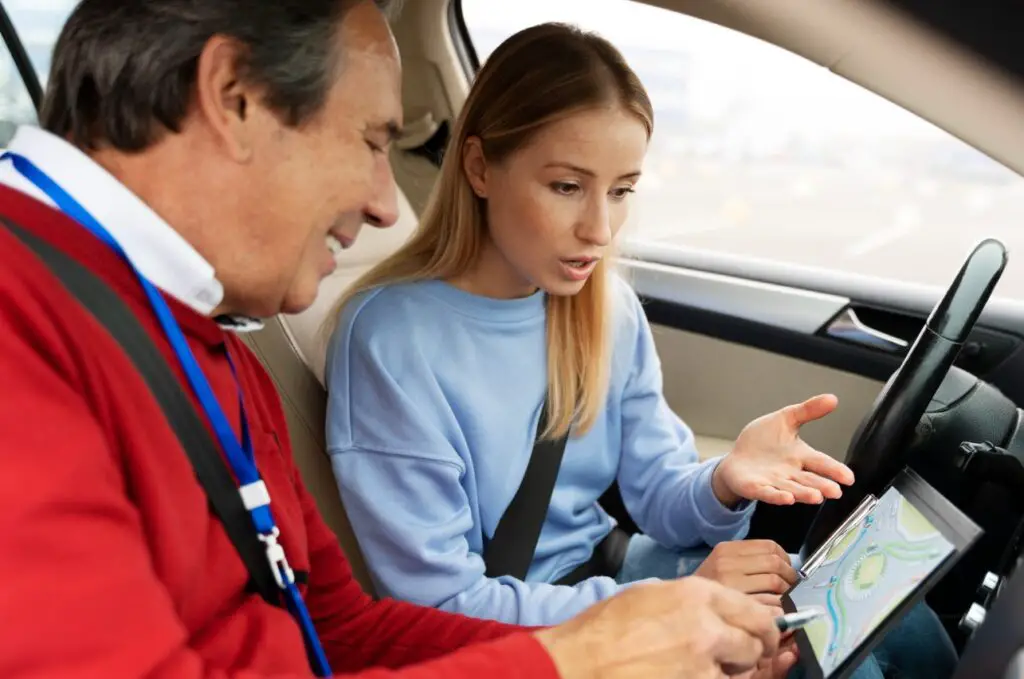
If the unexpected happens, help is already on the way.
An emergency response system—such as OnStar or a similar crash detection device—automatically contacts emergency services if your vehicle is involved in a crash. These systems can be lifesaving, particularly if you’re unable to call for help yourself. Some models even provide your GPS location and medical info to first responders. It’s peace of mind not just for you, but for your loved ones, too. Think of it as your personal guardian angel riding shotgun.
6. Tire Pressure Monitoring System (TPMS)
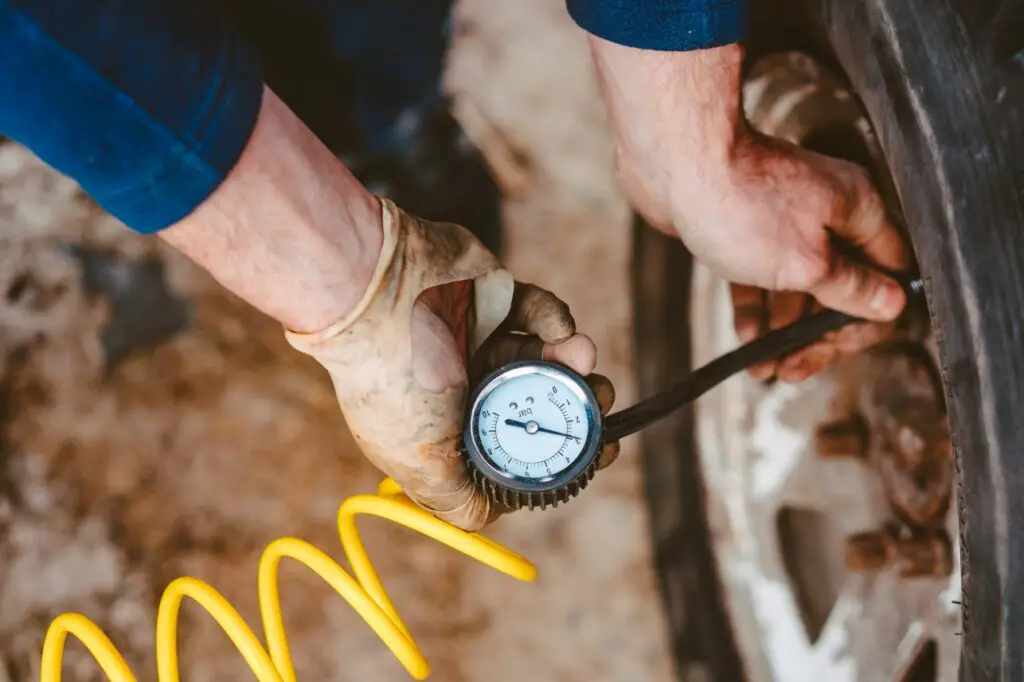
Because low tire pressure can lead to big trouble—and who needs that?
Maintaining proper tire pressure is crucial for fuel efficiency, handling, and overall safety. But let’s be honest: checking tire pressure isn’t high on most people’s to-do list. A TPMS alerts you when your tires are under-inflated, helping you avoid blowouts or poor traction—especially important during rain or snow. Most vehicles from 2008 onward have TPMS built in, but if yours doesn’t, standalone monitors are inexpensive and easy to use. Consider it your car’s way of saying, “Hey, something feels a little off.”
7. Dash Cam with GPS Tracking
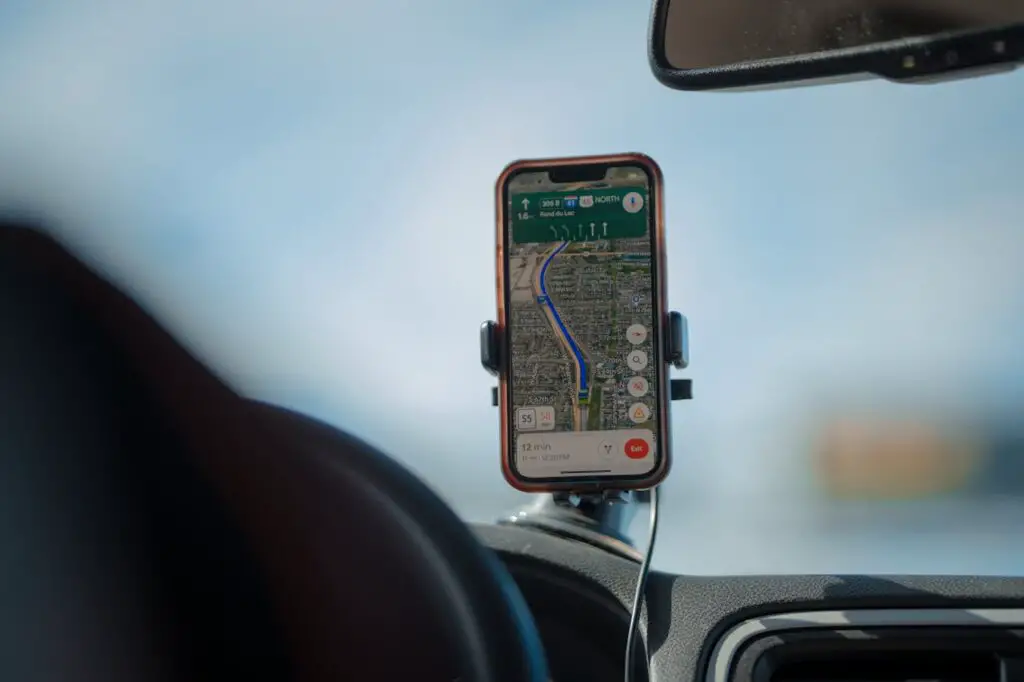
Protect yourself on the road—with proof if you ever need it.
A dash cam records everything happening in front of your vehicle, and many now come with GPS tracking to log your speed and route. This can be helpful if you’re involved in a collision and need evidence of what actually happened. For seniors, a dash cam can provide both protection and peace of mind—especially when insurance companies get involved. Some models even alert you to sudden braking ahead or lane changes, offering another layer of safety. It’s like having a silent witness riding along with you (who never asks to stop for snacks).
Final Thoughts
The roads aren’t just for the young—they’re for the young at heart, too. Whether you’re commuting to see family, running errands, or enjoying scenic routes with your windows down and classic rock turned up, you deserve to feel safe doing it.
These gadgets aren’t about overcomplicating your vehicle—they’re about giving you back an edge, streamlining your drive, and helping you stay alert in a changing traffic landscape. Invest in the tools that give you confidence, reduce stress, and make your driving experience smoother and safer.
So go ahead—gear up, hit the road, and keep enjoying the ride. The best views still lie ahead.
Leave a Reply